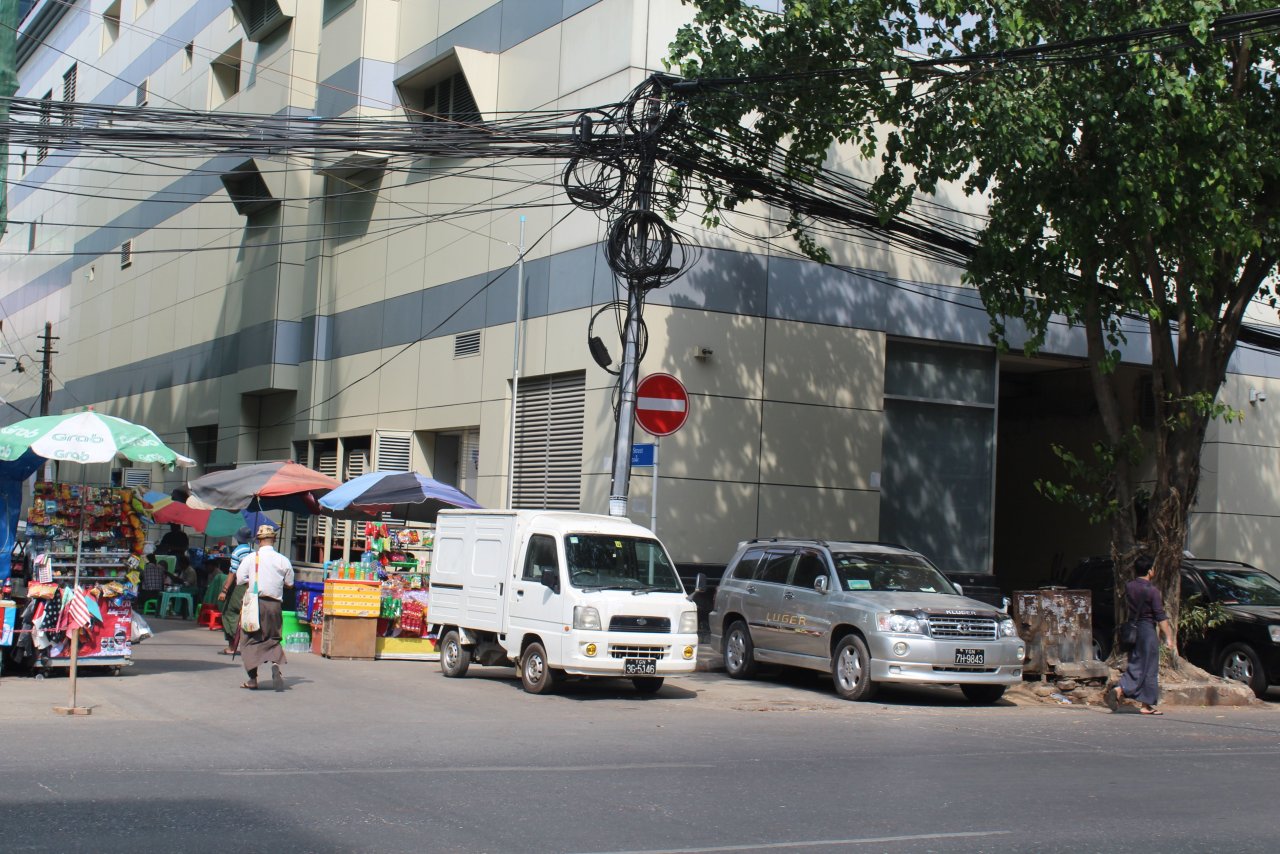Infrastructure development critical for Myanmar to woo investors, forum hears
SINCE MYANMAR’S lack of adequate infrastructure may deter potential investors, the government must urgently bring infrastructure development into focus, according to the Myanmar Infrastructure Forum held on Friday.
The government’s clear decisions would drive the future of Myanmar, said Teo Eng Cheong, CEO International of Singapore, North Asia and Southeast Asia at Surbana Jurong Private Limited (SJ), which organised the event.
“The government needs to decide what kind of infrastructure is in need in the short term. Is it ports, roads and highways, railways or power generation? It is the big question the government needs to look at and carefully assess in the next two years,” he said.
Cheong urged the government to choose the right projects and to work with the right partners.
“It is important to allow the right companies to get involved in infrastructure projects. Approaches in financing, developing and operating the projects are critical to ensure benefits for all the citizens,” he said.
Cheong said it might take 5 to 10 years for the infrastructure to develop. So, he recommended implementing appropriate projects right now.
He considered infrastructure development as one of the foundational stages of the nation’s economic growth. He said peace and stability, good leadership, and improving the quality of education should be simultaneously emphasised.
Cheong suggested opening up the economy to foreign investors by allowing them to do business in various sectors. He said it would strongly contribute to creating jobs for the people of Myanmar, a much-needed driver for inclusive growth.
“For example, Myanmar’s opening up in the oil and gas sector is an important step. Obviously, exports in this sector strongly contribute to the national income. On the other hand, the government needs to satisfy the domestic energy needs. This is the question of balance,” he said.
According to the statistics, the oil and gas industry is an important and fast-growing industry in Myanmar, contributing 23.6 per cent of Myanmar’s total revenue.
The firm recently signed a pact with MOSB Ltd to design an offshore supply base (OSB) in Mon State. The |latter received approval from the Myanmar Investment Commission in July 2017 to construct and operate an OSB there.
Under the agreement, SJ will provide engineering and marine consultancy, environmental social impact assessment studies and project management to support MOSB.
The firm will leverage its global experience and track record in the sector to support MOSB’s vision of a fully integrated facility that will provide logistics solutions and improve the infrastructure in Myanmar.
“We are able to offer unique, complete value-chain services from feasibility studies and concept design to engineering and construction supervision, across a diverse range of infrastructure projects globally. We will leverage our global experience for the success of this project,” said Wong Heang Fine, group chief executive officer of SJ.
Since 2013 when it opened its office in Yangon, the firm has been involved in 90 projects in various areas, mainly urbanisation, residential development, mixed development, hospitals, design and project management. Its first project was a public housing in Dagon Seikkan Township, and the Hanthawaddy airport is the firm’s most significant project in Myanmar.
“More recently, we are doing more in infrastructure development – designs of port terminals in Yangon and Mandalay, road rehabilitation projects, airports, etc. We have been involved in a very diverse range of projects. We have done the planning for the Hanthawady Airport,” said Cheong.
Tan Wooi Leong, senior director for oil and gas at SJ, said any solution for Myanmar’s infrastructure development should depend heavily on key factors such as functional, logistical and technical considerations, as well as economic viability.
“Having a solid industrial position in place sets the course for a successful development,” he said.
Leong said the majority of Myanmar’s energy was based on imported petroleum products and domestically produced natural gas. Nearly 80 per cent of the gas produced was exported, resulting in a shortage of energy available for domestic consumption.
According to the statistics, Myanmar’s total energy consumption between the years 2000 and 2016 increased by 2.3 per cent annually.
“Strong economic momentum and industrial policies are the most likely drivers for oil and gas demand. These drivers mainly come from transportation, commercial, industries, residential, and agriculture industries,” he said.
According to Leong, oil demand mainly comes from road transportation. Suitable location and scale of development are critical for siting new import infrastructure for oil products.
He stressed the need for petroleum import terminals to meet domestic demand, as well as larger capacity terminals located near Thilawa or coastal areas. He also pointed out strong needs for infrastructure (roads, marine facilities, pipelines, etc) to support the transportation of fuels for distribution.
“Small-scale import terminals and fuel distribution depot licences had been issued leading to expansion. A new oil refinery may be a long-term solution but may not be economically feasible under the competitive pressure from larger, world-class refineries in the Middle East, India and Southeast Asia,” he said.
Tony Picon, vice chairman of Colliers International Myanmar, said Myanmar is already benefiting from the opening up but is limited by lack of adequate infrastructure. He considered Yangon as the main beneficiary of foreign direct investment due to the existing infrastructure and its population. Yet, he urged the government to address infrastructure challenges. “Myanmar is undergoing the low-hanging fruit phase of its economic growth. Overcoming infrastructure challenges will help Myanmar move to the next level,” he said.
Source: http://www.nationmultimedia.com/detail/Economy/30337346


 Thailand
Thailand




